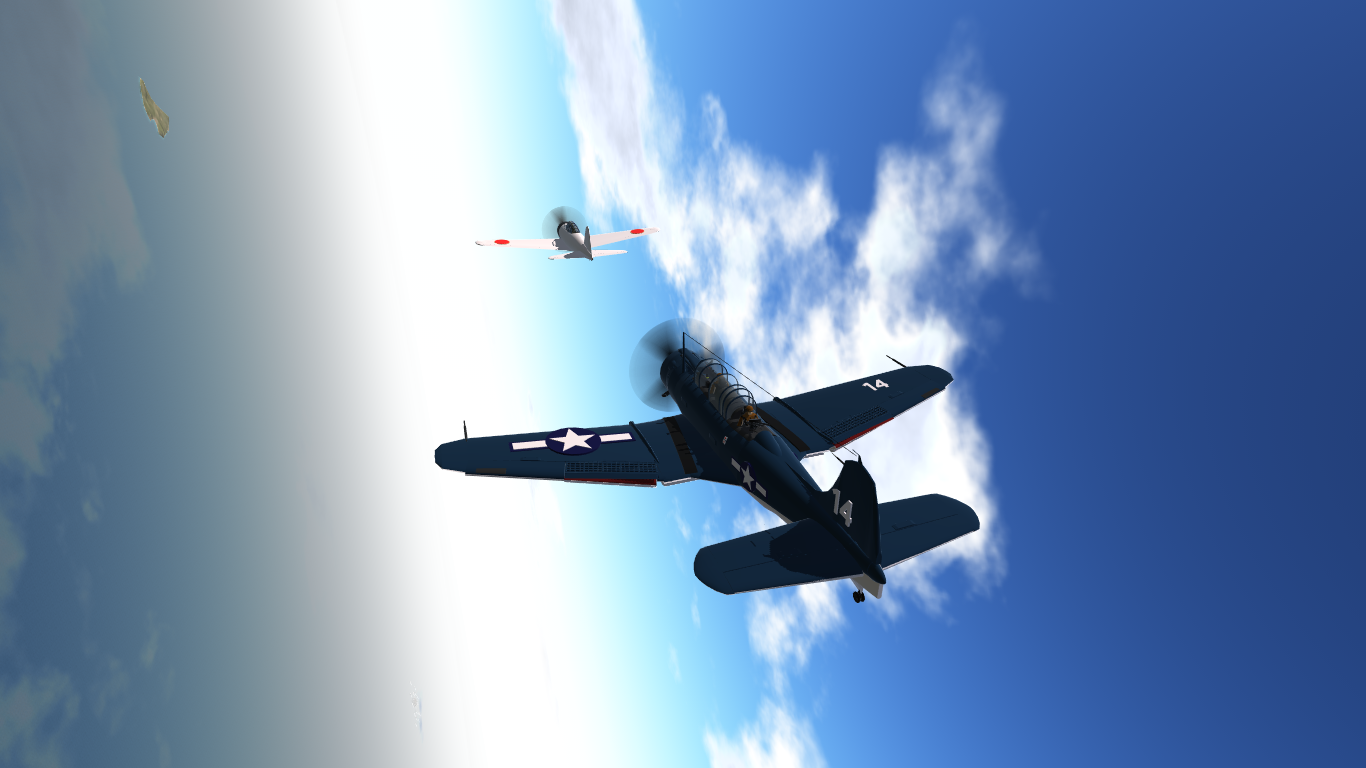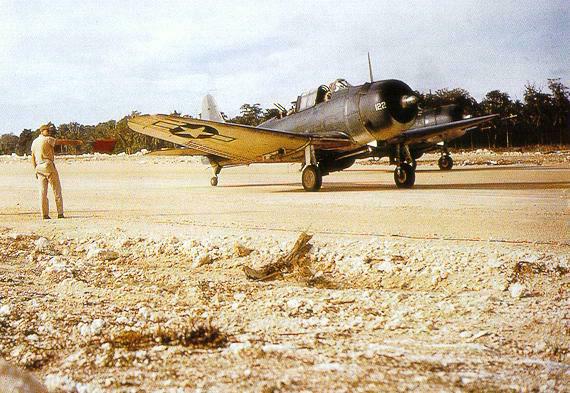

A fully retractable landing gear was also included on the new prototype. The addition of a modified rudder corrected poor lateral stability. A second prototype, the XBT-2, incorporated the new 1,000 horsepower Wright R-1820-32 engine, which boosted the BT-1's top speed of 212 mph by 35 mph. The BT-1, however, had stability problems and with an 825 horsepower Pratt & Whitney engine, was underpowered. The Navy approved the design and ordered 54 production models designated as BT-1s.

Split dive flaps on the trailing edge of the wing, which were perforated, eliminated tail buffeting and permitted a steeper diving angle. Unlike the Vought entry, the XBT-1 (as the Northrop aircraft was designated), in an effort to save weight, did not include folding wings. Chief engineer Ed Heinemann's racy low-wing monoplane design incorporated many of the revolutionary construction techniques used in the earlier aircraft.
#Sbd dauntless series
The Northrop entry bore a family resemblance to the firm's Alpha series of mailplane aircraft. Brewster lacked the facilities to meet the Navy's needs and the Vought design did not have the necessary performance, although 50 would later be ordered as the SB2U Vindicator. Designs by Vought, Brewster, and Northrop were chosen for further development in the dive bomber category. The Navy wished to replace its four main types - fighter, scout-bomber, torpedo bomber, and dive bomber - with modern all-metal monoplane aircraft. In 1934 the Bureau of Aeronautics held a design competition for a new generation of carrier aircraft. A solution was found in a bomb fork, which swung the bomb clear of the propeller arc. Accidents involving the bomb hitting the propeller or wheels on release, however, nearly ended its use. The technique gained official status in 1926 when the Navy included it in the fleet exercises. Carrier planes could not hope to carry the same bomb load as shore-based aircraft, so they needed to be able to deliver each bomb as accurately as possible. With the commissioning of the first carrier, the USS Langley, the Navy realized there would be limitations to the size of aircraft used at sea. United States Marine Corps pilots had experimented with the technique as early as 1919 although it was not known by that name at the time. Navy experience with dive bombing went back to the early years of naval aviation. war effort in the Pacific, almost single-handedly sinking six enemy carriers. During 1942, SBDs were the primary weapon in the U.S. Serving throughout the war, Dauntlesses would sink more than 300,000 tons of enemy shipping, including at least 18 warships, ranging from submarines to battleships. Although considered obsolete and scheduled for replacement before the war began, the SBD would live up to the nickname given to it by its crews - Slow But Deadly (a play on its official designation). The Douglas SBD Dauntless played one of the most significant roles in the course of World War II. This SBD-6 carries the markings of VS-51 (Navy scout squadron), which operated in the Pacific during World War II. The SBD-6 was the last production model, with 450 built. England, New Zealand, and France also used SBDs. Subsequent models were sent to Navy squadrons, with each succeeding model carrying such improvements as increased fuel capacity, illuminated gunsights, and armor plates for the crew. Production orders were placed in April 1939, with all SBD-1s going to U.S. The SBD's design was based on the Northrop BT-1, but with engine and structural changes. On June 4, 1942, during the Battle of Midway, SBDs destroyed four Japanese carriers, dramatically altering the course of the war. It played a major role throughout the Pacific. The Douglas SBD Dauntless was one of the truly great aircraft of World War II. For more information, visit the Smithsonian's Terms of Use page. You can copy, modify, and distribute this work without contacting the Smithsonian. View Manifest View in Mirador Viewer CCO - Creative Commons (CC0 1.0) This media is in the public domain (free of copyright restrictions). IIIF provides researchers rich metadata and image viewing options for comparison of works across cultural heritage collections.

CCO - Creative Commons (CC0 1.0) This media is in the public domain (free of copyright restrictions).


 0 kommentar(er)
0 kommentar(er)
